By Louie Stout
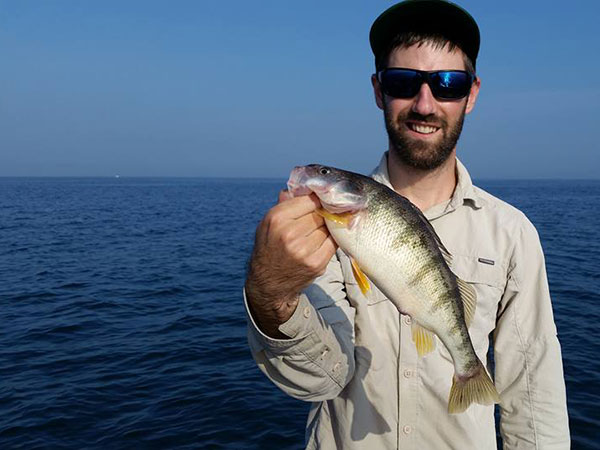 Lake Michigan Perch Anglers Need to Adjust Approach
Lake Michigan Perch Anglers Need to Adjust Approach
Last year’s southern Lake Michigan perch fishery had a lot of guys scratching their heads. The fish would show up one day, then gone the next.
Well, Hoosier biologists Brian Breidert and Ben Dickinson may have an explanation and a possible solution.
“The fishery has changed,” said Breidert, “and fishermen have to change with it.”
He believes anglers who are accustomed to catching yellow perch in the same areas year after year might want to fish deeper, and more importantly, pay very closer attention to the water temperature.
Before we get into that, anglers should be reminded that the perch population is a fragile thing.
We had good year classes in 2003 and 2005. Those fish provided some good fishing a few years ago, but things slowed down. The bigger fish got hammered pretty good and subsequent year classes weren’t so hot. The quality perch population dwindled.
However, 2015 produced a bonanza perch hatch and those fish survived the winter of 2015-16 quite well. If you perch fished much last year, you caught a lot of four inchers. Those were the 2015 class.
Dickinson, who spent a lot of his free time perch fishing, saw it, too.
“There were days I’d bring up my bait or a fish and there would be dozens of those little guys following it to the top,” he recalled.
Those 2015 fish should be around six inches next summer; too small for most perch jerkers, but it lends promise for a good fishery in 2018.
Breidert insists there are still some keeper fish out there but due to changes in the lake’s ecosystem, they’re spending more time out deep.
“With the proliferation of quagga mussels, the food web is becoming more bottom oriented,” he said. “There aren’t as many alewives and shiners, so the fish have transitioned to feed on other bait deeper, especially in the spring.”
The quaggas filter out the plankton that small minnows feed on, hence there isn’t as much of the tiny organisms that smaller baitfish eat. Biologists have noticed clearer waters in the shallower areas during the spring and the big perch moving deeper.
“While doing lake trout assessments in May and early June, we’re picking up jumbo perch out in 60 to 80 feet of water,” Breidert noted. “We’re speculating that those fish that used to come in close to shore are staying out on the deeper clay flats.”
Dickinson saw a big change in depths while reviewing creel surveys around the Gary, Ind. area dating back to year 2000.
“I noticed that from March to the end of May, the average depth in which anglers caught more fish shifted from 30 feet to 60 feet,” he said.
Water temperature is another factor. Both Breidert and Dickinson say anglers who aren’t paying attention to the Great Lakes buoys that monitor water temperature at various depths are missing out. The data gathered at those buoys is transmitted to websites.
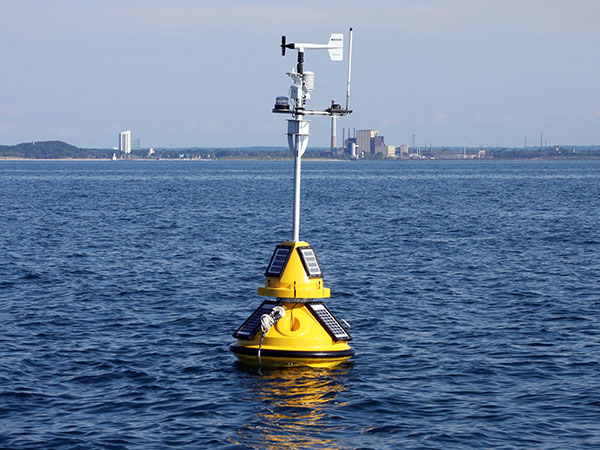 Seagrant Buoy
Seagrant Buoy
One buoy sits north of Michigan City, Ind. near the Illinois line (www.greatlakesbuoys.org/station_page.php?station=45170) and another bobs near the Bridgman, Mich. Cook Nuclear Plant (www. greatlakesbuoys.org/station_page.php?station=45026). If you save those websites in your smart phone, you can check conditions while you’re fishing.
“You can get temperature profiles down to 55-60 feet so you can gauge where the fish are based on water temperature,” explained Breidert.
And it can change in a heartbeat. Winds can move water temperatures dramatically on the big lake. When that happens, the bait moves and the fish move with them.
Perch will follow that 62-70 degree water.
Dickinson recalls one day last year when he was hammering nice perch in one area and fishing died suddenly. He checked the buoy readings on his smart phone and saw the bottom water temperature had changed dramatically.
The 65-degree water at the depth he was fishing had gotten colder. He moved shallower, and with the use of a hand-held water temperature gauge, relocated the 65-degree water and began catching fish again.
“I watch the water temperature like a hawk,” said Dickinson. “If the bite dies, I check the buoy temp (with his smart phone) to see if the cold water pushed in. If it has, I go looking for warmer water with a hand-held thermometer.”
Several hand-held temperature gauges are marketed by electronics companies. For research purposes, the DNR uses a Fish Hawk TD that shows water temps every five feet and displays the depth as well. It sells for around $150, but the DNR’s model was donated to them by Starboard Choice Marine of Edwardsburg, Mich.
“We use it a lot when doing research,” said Breidert.
The biologists aren’t discouraging anglers from fishing the same holes year after year, but point out fish locations are changing. Anglers should utilize the information available to them when fishing gets tough.
“I tell guys who are harping about not catching bigger fish two things,” said Breidert. “They need to be patient because the 2015 year class will give them good fishing in a couple years. Secondly, the fish move around more so they have to make adjustments.”
And don’t give up on the season too soon. June used to be the best perch month, but not anymore.
“Late summer tends to provide the best perch fishing now,” said Dickinson. “We saw some nice catches coming in through September and into October. The fall catch has been increasing.”





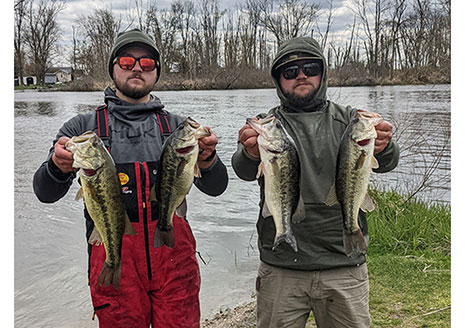
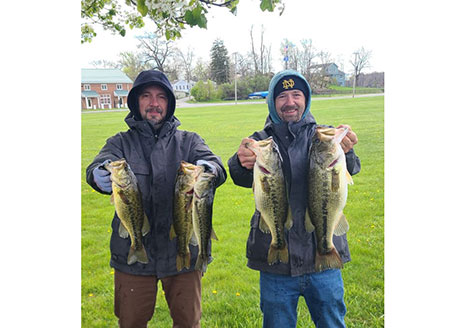


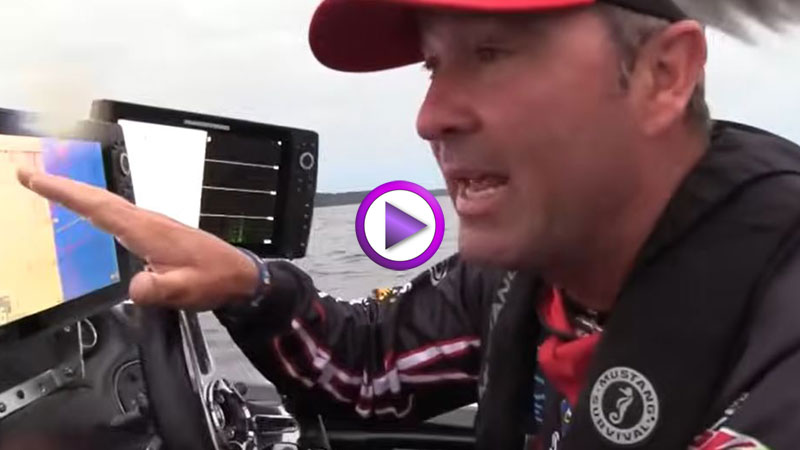





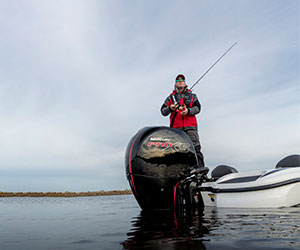


Connect With Us